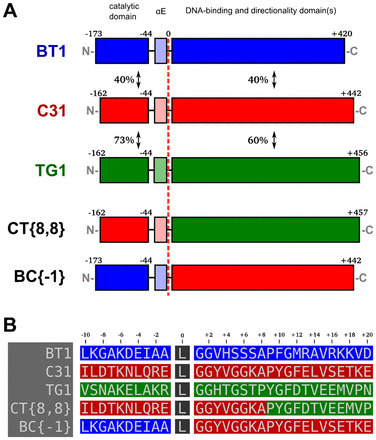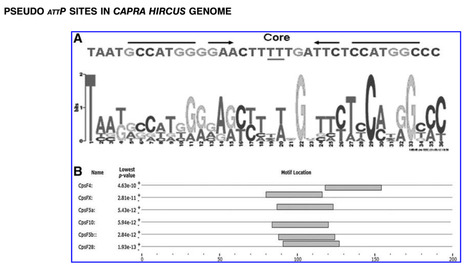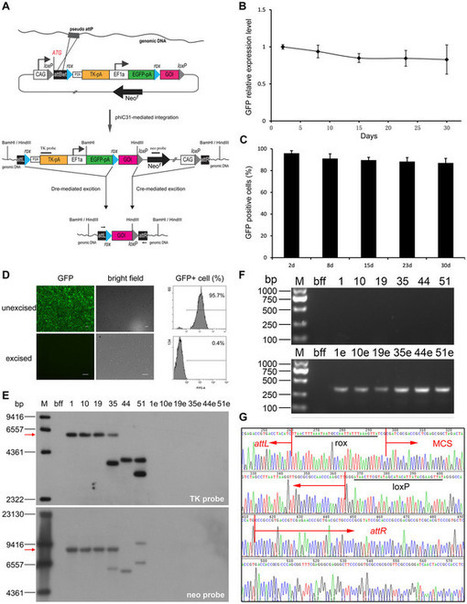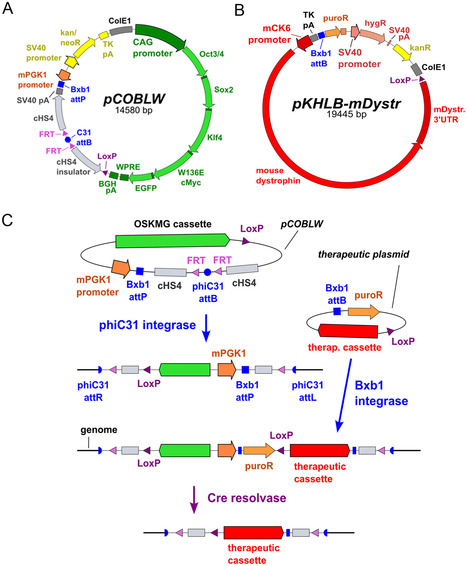Research and publish the best content.
Get Started for FREE
Sign up with Facebook Sign up with X
I don't have a Facebook or a X account
Already have an account: Login
 Your new post is loading... Your new post is loading...
 Your new post is loading... Your new post is loading...
|
|









![Long-term and efficient expression of human [beta]-globin gene in a hematopoietic cell line using a new site-specific integrating non-viral system | Genetic Engineering Publications - GEG Tech top picks | Scoop.it](https://img.scoop.it/McIgc7_5fF4eSerUlFxk4jl72eJkfbmt4t8yenImKBVvK0kTmF0xjctABnaLJIm9)







In this work, the scientists have developed a novel system to convert scFvs from a phage display vector directly into IgGs without any in vitro subcloning steps. This new vector system, named pMINERVA, makes clever use of site-specific bacteriophage integrases that are expressed in Escherichia coli and intron splicing that occurs within mammalian cells.